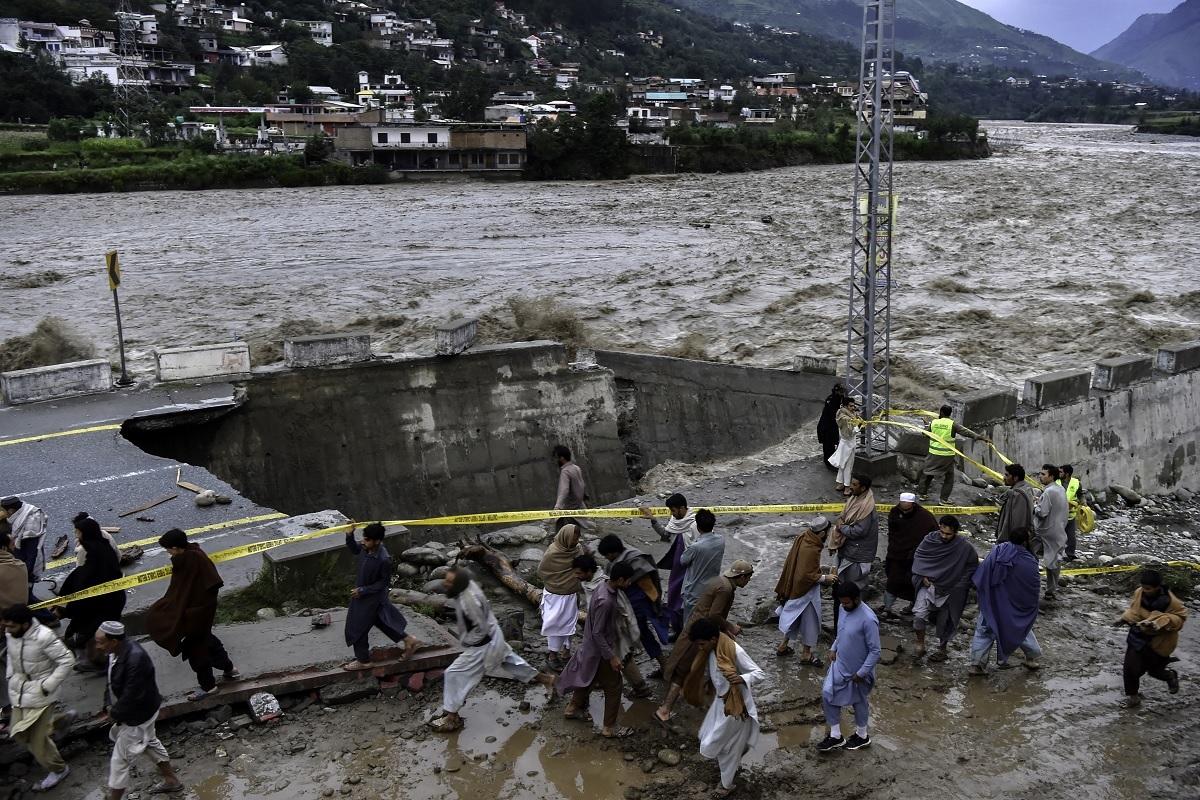How Global Warming is Increasing the Risk of Extreme Rainfall and Floods in Mountainous Regions
Key Highlights :

As the world continues to warm due to human-caused climate change, the intensity of extreme rainfall events is increasing at higher altitudes, putting two billion people living in or downstream from mountains at greater risk of floods and landslides. According to a recent study published in the journal Nature, every degree Celsius of warming increases the density of major downpours by 15 percent at elevations above 2,000 meters, with an additional one percent of rainfall for each additional 1,000 meters of altitude.
This means that if the planet were to warm 3°C above pre-industrial levels, the likelihood of potentially devastating deluges would multiply by nearly half. This has already resulted in record-breaking downpours putting huge swathes of Pakistan under water last summer, and parts of California earlier this year. And on current policy trends, the planet is expected to warm 2.8°C by century's end.
The study identified two main drivers behind the upsurge in extreme rainfall events at altitude in a warming world. The first is simply more water: scientists have long known that every 1°C increase boosts the amount of moisture in the atmosphere by seven percent. This has already been observed in most parts of the world, with extreme rainfall becoming more frequent and intense since the 1950s.
The second factor uncovered by researchers was more surprising. It was found that a higher rate of snow-turned-to-rain is observed between 2,500 and 3,000 meters, due to precipitation at that altitude occurring at just below freezing. This means that the rainfall triggers runoff more rapidly, leading to a higher risk of flooding, landslide hazards and soil erosion.
The mountainous regions and adjacent floodplains likely to experience the biggest impacts from extreme rainfall events are in and around the Himalayas and North America's Pacific mountain ranges. These areas should prepare "robust climate adaptation plans," the authors said. This could include avoiding high-risk areas altogether, or building up infrastructure with engineering solutions that can protect the communities living there.
Overall, the findings of this study highlight the need for greater preparation in mountainous regions, as global warming continues to increase the risk of extreme rainfall and floods. With two billion people living in or downstream from mountains, it is essential that we take the necessary steps to protect them from the dangers posed by climate change.
